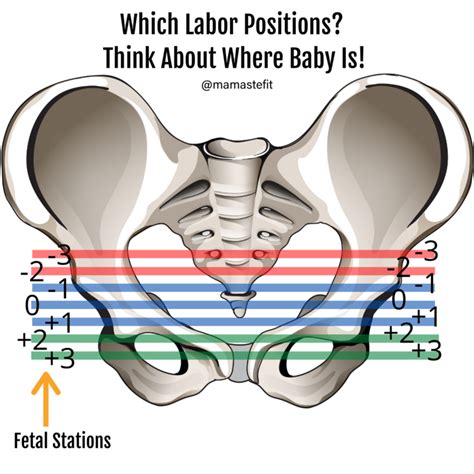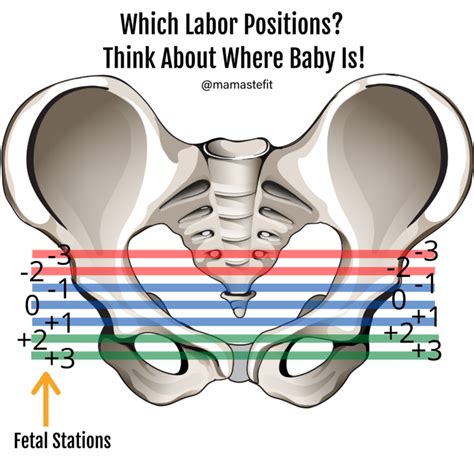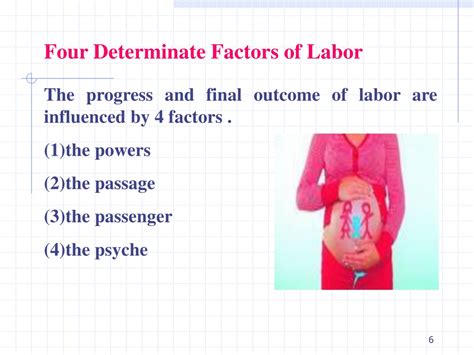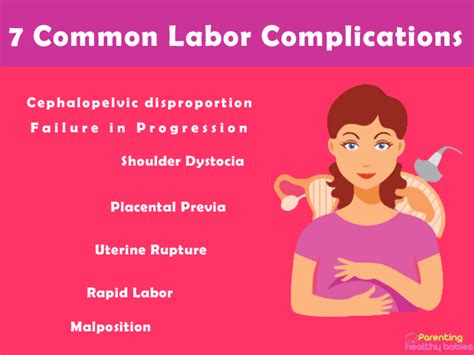Intro
The process of labour and delivery is a complex and highly individualized experience for each woman. Understanding the different stages and phases of labour can help expectant mothers feel more prepared and in control. One of the key concepts in the progression of labour is the idea of stations, which refer to the position of the baby's head in relation to the mother's pelvis. In this article, we will delve into the world of stations of labour, exploring what they are, how they are measured, and what they can tell us about the progression of labour.
Labour is a highly dynamic and unpredictable process, and the concept of stations helps healthcare providers to assess the progress of labour and make informed decisions about the best course of care. The station of the baby's head is determined by the level of the ischial spines, which are bony projections in the mother's pelvis. The ischial spines serve as a landmark for measuring the station of the baby's head, with the station being recorded as a plus or minus number. A station of 0 indicates that the baby's head is level with the ischial spines, while a plus number indicates that the head is below the spines, and a minus number indicates that the head is above the spines.
Understanding Stations of Labour

Measuring Stations of Labour
The station of the baby's head is typically measured using a process called vaginal examination. During a vaginal examination, a healthcare provider will insert two fingers into the vagina and feel for the baby's head. The provider will then assess the level of the baby's head in relation to the ischial spines, recording the station as a plus or minus number. The station is usually measured in centimeters, with each centimeter representing a specific level of descent. For example, a station of +2 indicates that the baby's head is 2 centimeters below the ischial spines, while a station of -2 indicates that the head is 2 centimeters above the spines.The Different Stations of Labour

Assessing Labour Progression
The station of the baby's head can provide valuable information about the progress of labour. By tracking the station of the baby's head over time, healthcare providers can assess the rate of labour progression and identify potential issues. For example, if the station of the baby's head is not changing over time, it may indicate that labour is not progressing as expected. In this case, the healthcare provider may need to intervene with techniques such as oxytocin augmentation or assisted delivery.Factors That Influence Labour Progression

Supporting Labour Progression
There are several techniques that can help to support labour progression, including position changes, massage, and hydrotherapy. Position changes can help to optimize the position of the baby and facilitate the movement of the baby's head down through the birth canal. Massage can help to relax the mother and reduce pain, while hydrotherapy can help to reduce pain and promote relaxation. In some cases, medical interventions such as oxytocin augmentation or assisted delivery may be necessary to support labour progression.Complications of Labour

Interventions for Complications
In the event of complications, medical interventions may be necessary to ensure the safety of the mother and baby. These interventions can include oxytocin augmentation, assisted delivery, or cesarean section. Oxytocin augmentation involves the use of synthetic oxytocin to stimulate uterine contractions, while assisted delivery involves the use of instruments such as forceps or vacuum extractors to facilitate delivery. Cesarean section is a surgical delivery method that involves making an incision in the abdomen and uterus to deliver the baby.Conclusion and Next Steps

What are the different stations of labour?
+The different stations of labour include negative stations (-3, -2, -1) and positive stations (+1, +2, +3), with station 0 indicating that the baby's head is level with the ischial spines.
How is the station of the baby's head measured?
+The station of the baby's head is typically measured using a vaginal examination, where a healthcare provider inserts two fingers into the vagina and feels for the baby's head.
What factors can influence labour progression?
+Several factors can influence labour progression, including the position of the baby, the size and shape of the pelvis, and the effectiveness of uterine contractions.
What are some common complications of labour?
+Common complications of labour include prolonged labour, fetal distress, umbilical cord prolapse, and postpartum hemorrhage.
What interventions are available to support labour progression?
+Medical interventions available to support labour progression include oxytocin augmentation, assisted delivery, and cesarean section.
